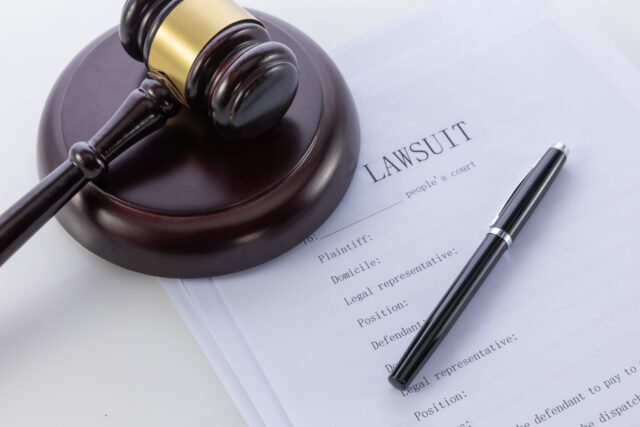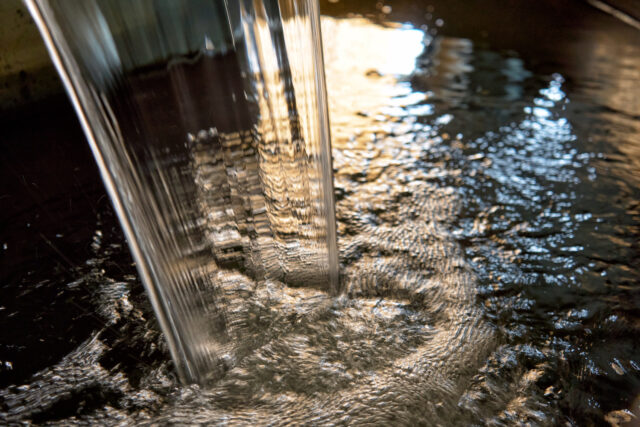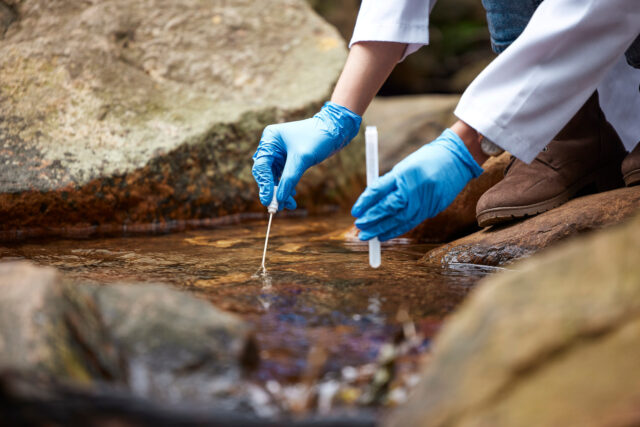PFAS Regulation at Crossroads With EPA Litigation
The recent filing of the American Water Works Association (AWWA) and the Association of Metropolitan Water Agencies (AMWA)’s opening brief in the case against the EPA’s PFAS drinking water regulation marks a significant step in the ongoing debate over the balance between public health protection and the practical implementation of environmental regulations. Let’s take a deep dive into the key arguments presented by the two organizations, explore the broader implications of the PFAS rule, and offer insights into potential avenues for resolution.
A Closer Look at the AWWA-AMWA Arguments
At the heart of the AWWA-AMWA statement is a contention that the EPA’s PFAS rule deviated from the established procedures outlined in the Safe Drinking Water Act. The organizations argue that the EPA’s accelerated timeline, limited opportunities for public comment, and use of a novel equation for PFAS standards undermine the scientific rigor and transparency required for effective regulation.
Specifically, the AWWA and AMWA point to the following shortcomings in the EPA’s approach:
- Truncated Rulemaking Process: The organizations contend that the EPA’s decision to expedite the rulemaking process limited the time available for thorough scientific evaluation and public input. They argue that a more deliberate approach would have allowed for a more comprehensive assessment of the risks posed by PFAS and the potential impacts of the regulation on water utilities and consumers.
- Curtailed Public Comment: The AWWA and AMWA argue that the EPA did not provide sufficient opportunities for stakeholders to express their concerns and offer alternative approaches. They contend that a more open and transparent process would have allowed for a wider range of perspectives to be considered, potentially leading to a more effective and equitable regulation.
- Novel Equation for PFAS Standards: The organizations criticize the EPA’s use of a novel equation rather than a clearly defined measurement as a standard for certain PFAS, arguing that this approach lacks scientific precedent and may not accurately reflect the risks posed by these contaminants. They contend that a more established and well-validated approach would have provided greater certainty and confidence in the regulatory standards.
Implications of the PFAS Rule
The outcome of the AWWA-AMWA case could have far-reaching implications for both public health and the water industry. If the court upholds the EPA’s rule, it could set a precedent for future regulatory actions, potentially leading to more aggressive and less flexible approaches to addressing emerging contaminants. This could place a significant burden on water utilities, which may struggle to meet the new standards in a timely and cost-effective manner.
On the other hand, a ruling in favor of the AWWA and AMWA could force the EPA to reconsider its approach and adopt a more deliberative and science-based process. This could lead to more effective and equitable regulations that better balance the need to protect public health with the practical realities of implementation.
Potential Avenues for Resolution
Beyond the legal proceedings, there are several potential avenues for resolving the ongoing PFAS controversy. One option is for the EPA to engage in a more collaborative dialogue with stakeholders, including water utilities, environmental groups, and industry representatives, to develop a consensus-based approach to PFAS regulation. This could involve establishing a working group or task force to identify and address the key challenges and opportunities associated with PFAS management.
Another possibility is for Congress to provide additional guidance or funding to support PFAS research and remediation efforts. By investing in scientific research, Congress could help to improve our understanding of the risks posed by PFAS and develop more effective and efficient mitigation strategies.
Finally, it is essential to consider the role of technology and innovation in addressing the PFAS challenge. By investing in new technologies for PFAS detection, removal, and destruction, we may be able to develop more effective and sustainable solutions to this pressing environmental issue.
The AWWA-AMWA statement on the EPA’s PFAS rule highlights the complex challenges associated with regulating emerging contaminants. While the organizations’ arguments raise valid concerns about the EPA’s approach, it is also essential to consider the urgent need to protect public health from the potential risks posed by PFAS. Ultimately, a resolution to this issue will likely require a balance between scientific rigor, public input, and the practical realities of implementing effective environmental regulations.
SOURCES: AWWA, Water Online
















